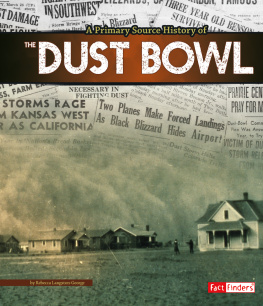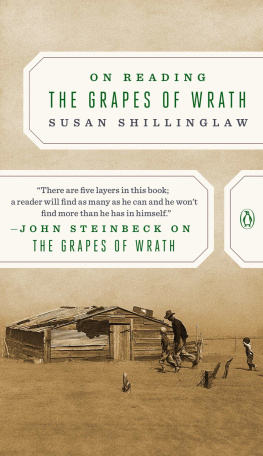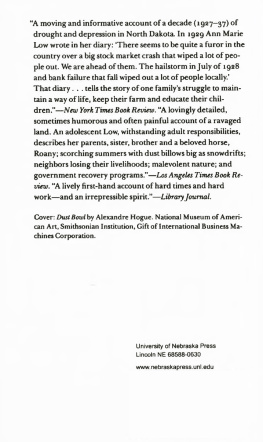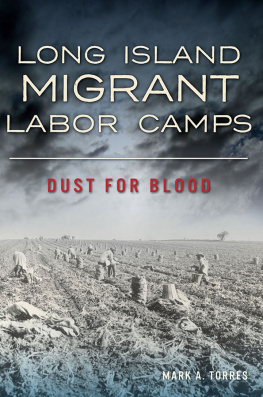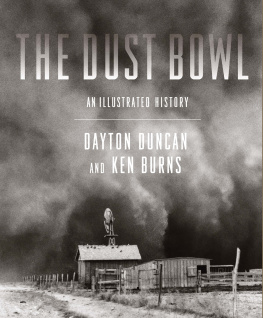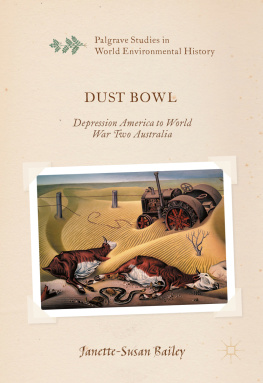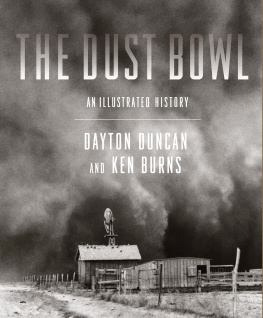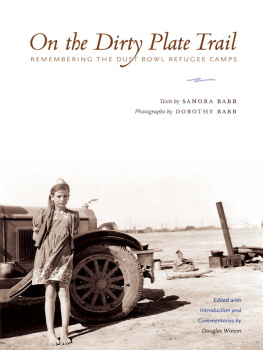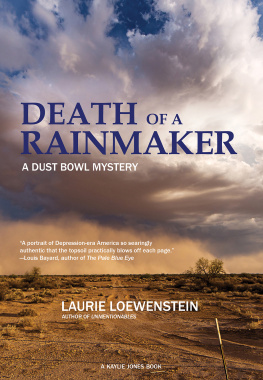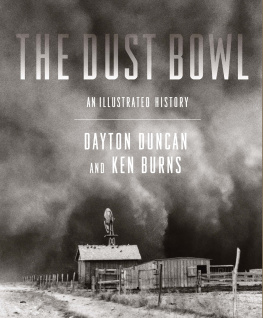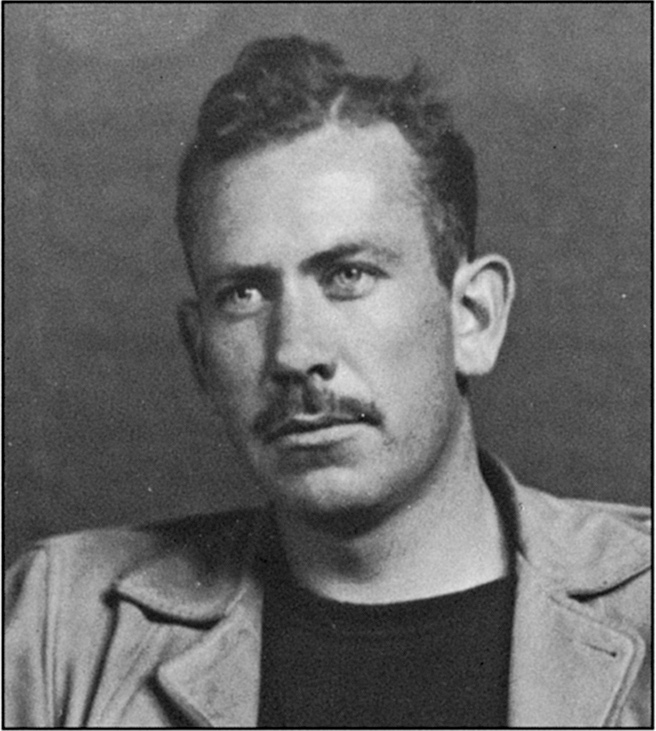

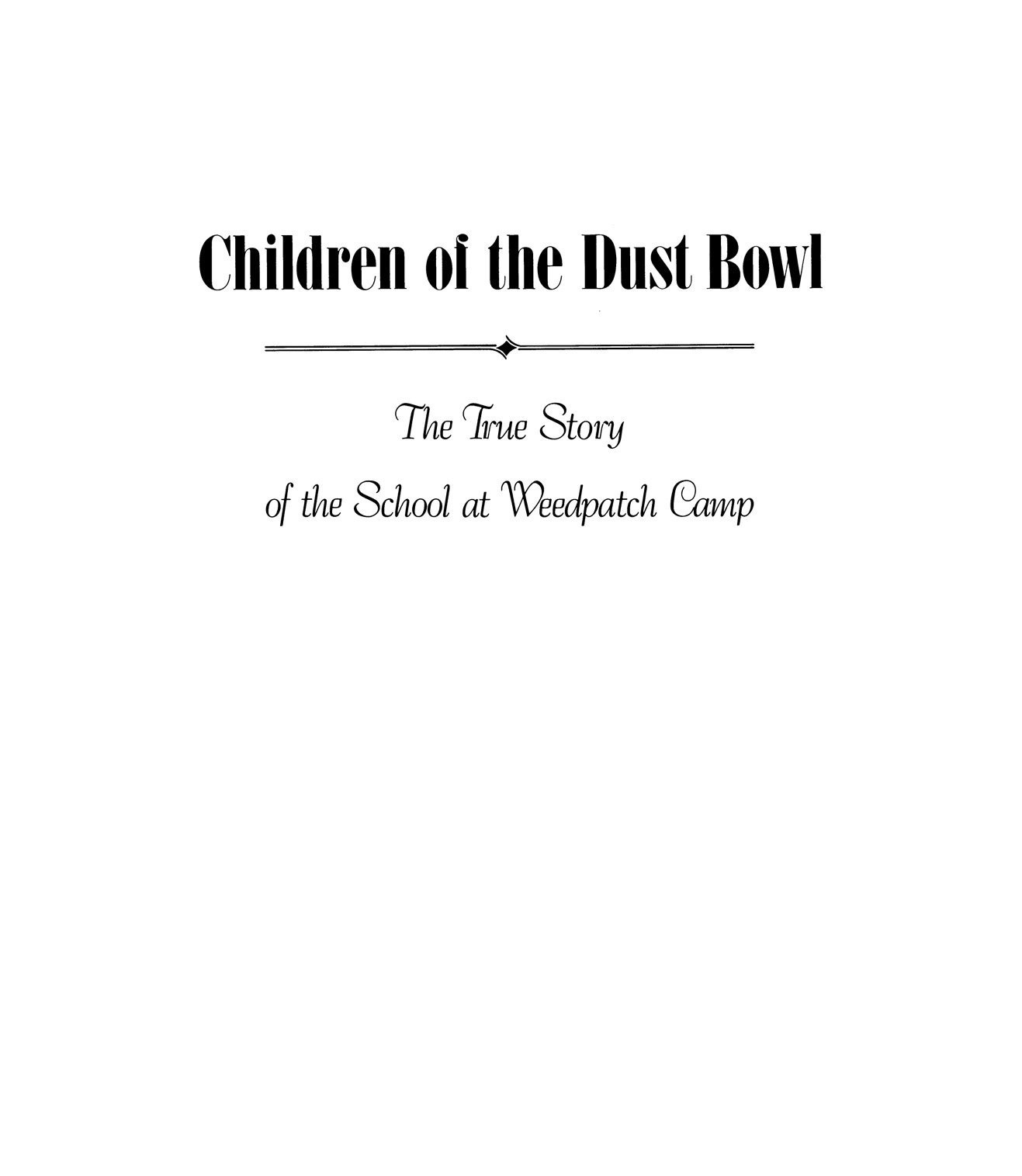

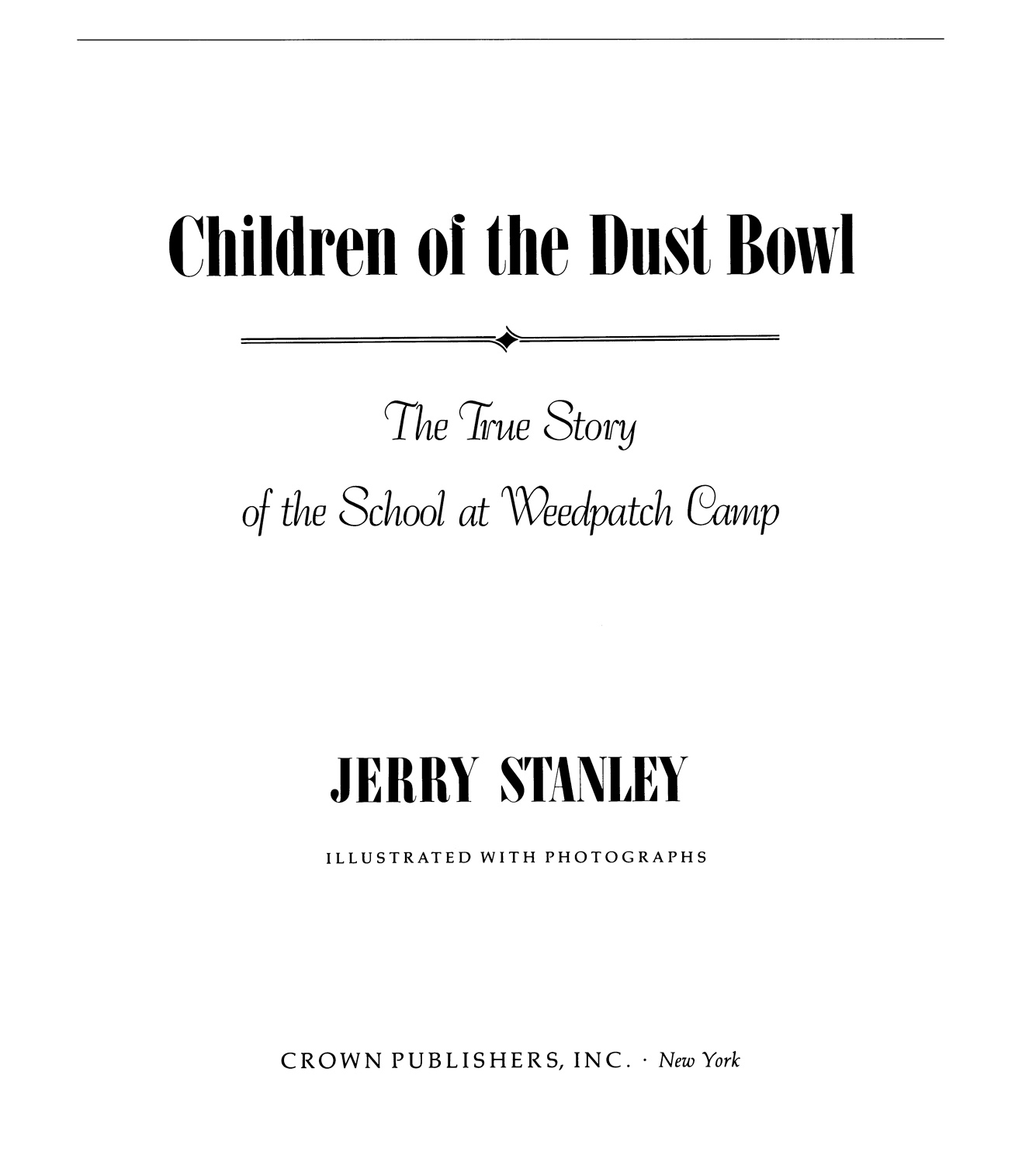

Copyright 1992 by Jerry Stanley
All rights reserved. No part of this book may be reproduced or transmitted in any form or by any means, electronic or mechanical, including photocopying, recording, or by any information storage and retrieval system, without permission in writing from the publisher. Published by Crown Publishers, Inc., a Random House company, 201 East 50th Street, New York, New York 10022
CROWN is a trademark of Crown Publishers, Inc.
Maps by Susan Johnston Carlson
Library of Congress Cataloging-in-Publication Data
Stanley, Jerry, 1941
Children of the Dust Bowl: the true story of the school at Weedpatch Camp / Jerry Stanley.
1st ed.
p. cm.
Includes bibliographical references and index.
Summary: Describes the plight of the migrant workers who traveled from the Dust Bowl to California during the Depression and were forced to live in a federal labor camp and discusses the school that was built for their children.
1. Children of migrant workersEducationCaliforniaArvin History20th centuryJuvenile literature. 2. DroughtsSouthwestern StatesHistory20th centuryJuvenile literature. 3. Depressions 1929Great PlainsJuvenile literature. 4. Depressions1929 Southwestern StatesJuvenile literature. [1. Migrant laborCalifornia.
2. Depressions1929.] I. Title.
LC5152.C2S73 1992
371.96750979488dc20 92-393
eBook ISBN: 978-0-307-79247-1
ISBN 978-0-517-58781-2 (trade)
978-0-517-58782-9 (lib. bdg.)
978-0-517-88094-4 (pbk.)
v3.1
To Leo Hart, the teachers, and the children
Authors Note
The term Okie is used in this book as the Okies used it in the 1930s and still do today. Although used by others as a term of abuse, to the Okies themselves it meant pride, courage, and a determination to accept hardship without showing weakness.
INTRODUCTION
Mr. Steinbecks Book
I n 1936 a newspaper reporter named John Steinbeck became interested in a group of people in California who called themselves Okies. The Okies had once been poor dirt farmers in Oklahoma, Texas, Arkansas, and Missouri. But the Great Depression of the 1930s and a drought in the Great Plains states forced the Okies to leave their homes and head for California, where they had heard pickers were needed to work in the cotton fields and orchards of the San Joaquin Valley.
When they arrived in California, the migrants discovered that few jobs were available. They also discovered that many Californians didnt want Okies in the state. The Okies were poor and uneducated, and their baggy pants, ragged dresses, and desperate-looking faces offended Californians. They were called dumb Okies by the Californians.
Some of the Okies lived in a farm-labor camp located near the town of Arvin in the San Joaquin Valley in central California. When John Steinbeck visited the Okies in this camp, he saw starving children and sickness everywhere. Some of the Okie children were dying of starvation while farmers refused to give them surplus crops to eat. Steinbeck called this a crime that goes beyond denunciation.
In 1939 Steinbeck published a novel called The Grapes of Wrath, which focused attention on the poverty of the Okies. It tells the fictional story of the Joad family, who are evicted from their farm in Sallisaw, Oklahoma. The Joads pile into an old jalopy and head west on Route 66 for California. On arriving in California, they suffer hunger, poverty, and misery. Unable to find work or a place to live, the Joads move into the farm-labor camp near Arvin and there they remain with little hope for the future.
Within three weeks of publication The Grapes of Wrath hit the bestseller lists, and by the end of the year 500,000 copies had been sold, an astonishing number. Since then, fourteen million copies have been sold. Today many teachers at universities call The Grapes of Wrath the greatest American novel ever written. However, back in 1939 there were many who disagreed with this conclusion.
The publication of The Grapes of Wrath caused a bitter controversy. Farmers in California denounced it, saying it was one-sided in favor of the Okies. Others said it was obscene. After he read the book, Oklahoma Congressman Lyle Boren called it the black, infernal creation of a twisted, distorted mind. Soon there was a movement to ban The Grapes of Wrath. Libraries and school boards across the country refused to buy the book because it contained profanity. In August 1939, in Kern County, where the Arvin camp was located, the board of supervisors removed the book from all county libraries, saying it was untrue. One hundred twelve people were waiting to read it at the time.
The story you are about to read occurred when The Grapes of Wrath was being banned, and it occurred in the camp near Arvin where Steinbeck visited the Okies. It is a true story, and it starts on the plains of Oklahoma when the sky was red and the land was being carried away by the winds of despair.
John Steinbeck.
ONE
Mean Clouds
L ife had always been hard on the farmers who lived in Oklahoma, and in the 1930s it was especially hard on those who lived in the Panhandle, a barren stretch of rock and red soil sandwiched between Texas, Kansas, and New Mexico. These people owned small family farms of forty to eighty acres and were dry farmers. They had no irrigation system, no reservoirs to store water, no canals to bring water to their farms. When there was enough rain, the Okies in the Panhandle grew wheat and corn and raised cattle. When there wasnt enough rain, they were forced to sell their livestock and farm machinery and borrow money from the bank. Every year they gambled with their lives, hoping for enough rain to get by.
In 1931 it stopped raining in the Panhandle. The sky became bright and hot, and it stayed that way every day. Cornstalks in the fields shriveled from the sizzling heat. Shoots of wheat dried up and fell to the ground. The farmers were caught in an impossible situation. They were already suffering from the effects of the Great Depression, which had started in 1929 when the stock market collapsed. The Depression caused the price of wheat and corn to fall so low that it made growing these crops unprofitable. Most farmers had borrowed money to buy their land and had borrowed again against their land in lean years. When the prices for their crops fell, many couldnt make payments to the banks that held title to their land. By 1932 one thousand families a week in Texas, Oklahoma, and Arkansas were losing their farms to the banks. And now it had stopped raining in the Panhandle, and the crops themselves were failing.


